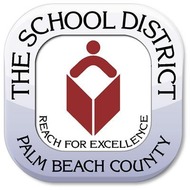(View Complete Item Description)
This simulation lets learners explore how heating and cooling adds or removes energy. Use a slider to heat blocks of iron or brick to see the energy flow. Next, build your own system to convert mechanical, light, or chemical energy into electrical or thermal energy. (Learners can choose sunlight, steam, flowing water, or mechanical energy to power their systems.) The simulation allows students to visualize energy transformation and describe how energy flows in various systems. Through examples from everyday life, it also bolsters understanding of conservation of energy. This item is part of a larger collection of simulations developed by the Physics Education Technology project (PhET).
Material Type:
Simulation
Authors:
Ariel Paul,
Emily Moore,
John Blanco,
Kathy Perkins,
Noah Podolefsky,
Trish Loeblein




















